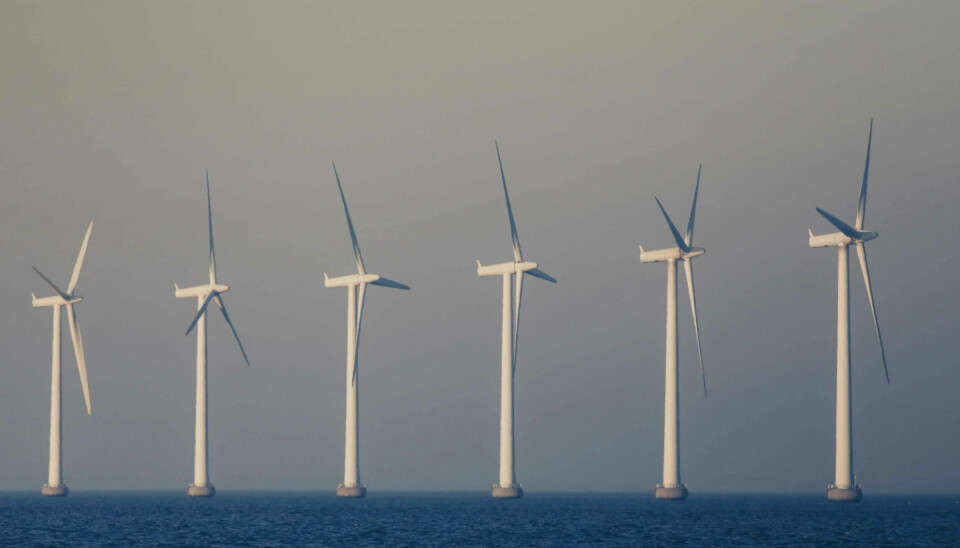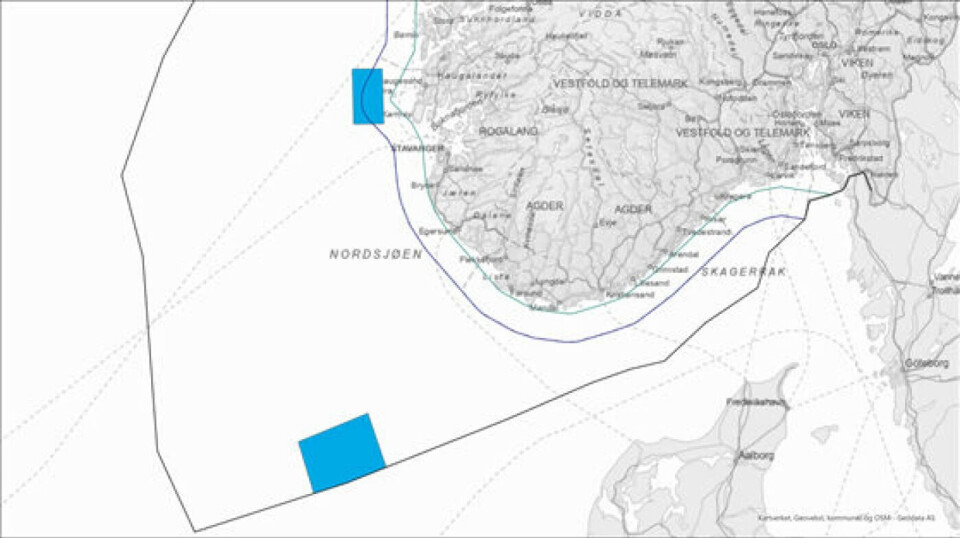THIS CONTENT IS BROUGHT TO YOU BY the University of Bergen - read more

Offshore wind farms steal wind from each other
Offshore wind farms can limit the capacity of other farms by up to 20 perc ent up to 50 kilometres away.
Research from the University of Bergen (UiB) shows that offshore wind farms can reduce the availability of downstream wind resources of other farms by as much as 20 per cent within 50 kilometres. This is due to so-called wake effects.
Wake effect is the turbulence that occurs in the wake of a wind turbine when the wind passes through it. This turbulence will reduce production for affected turbines in the wake.
Has implications for new wind farms
“The incentive to develop an offshore wind farm can diminish with just a five per cent reduction in capacity, based on economic considerations,” Eirik Finserås says.
He is a researcher at the Faculty of Law, UiB, and has recently published an article in journal Marine Policy.

Together with researchers from the Bergen Offshore Wind Centre (BOW), he has examined Norway's planned offshore wind farm development, Southern North Sea II. The area is located in the southern North Sea, near the border with Denmark.
Stealing wind from the Danes
The map below shows areas for the offshore wind farms that the Norwegian state is in the process of planning.

The field is located approximately 22 kilometres southeast of the planned Danish offshore wind park, Nordsren III, in Danish waters.
“The Norwegian offshore wind farm in Southern North Sea II will likely ‘steal’ wind from the proximate Danish planned offshore wind farms. Whether this will have any legal consequences for the Norwegian plans is difficult to say,” Finserås points out.
Poorly regulated
According to Finserås, the extraction of offshore wind resources is poorly regulated and only loosely mentioned in the Law of the Sea Convention, which notes that States have sovereign rights to extract wind energy.
“Beyond the recognition of this right, the Law of the Sea Convention does not impose any explicit limitations on the extraction of wind energy and its likely cross-border wake effects,” Finserås says. “More implicitly, however, one could interpret one potential limitation as meaning that you need to notify and consult other States that your offshore wind farm may have transboundary wake effects.”
Beyond being a good neighbour by consulting other States, there is no obligation to enter into agreements with them or to take other steps to limit likely wake effects.
“As far as I know, Norwegian authorities have not consulted the Danes with regards to the likely wake effects resulting from offshore wind development in Southern North Sea II,” Finserås says.
More political cooperation is needed
To ensure an efficient energy transition, authorities in States should collaborate and find appropriate solutions to avoid wake losses, according to Finserås.
It is possible to establish binding agreements between States at different levels, through the EU, and through other international laws that directly concern two or more States.
"In any case, regulatory frameworks need to be developed and made clearer regarding the regulation of offshore wind farms and the challenges related to wake effects, such that the green energy transition is carried out as smoothly and effectively as possible," Eirik Finserås concludes.
Reference:
Finserås et al. Gone with the wind? Wind farm-induced wakes and regulatory gaps, Marine Policy, vol. 159, 2023. DOI: 10.1016/j.marpol.2023.105897

This content is paid for and presented by the University of Bergen
This content is created by the University of Bergen's communication staff, who use this platform to communicate science and share results from research with the public. The University of Bergen is one of more than 80 owners of ScienceNorway.no. Read more here.
More content from the University of Bergen:
-
Researcher: Politicians fuel conflicts, but fail to quell them
-
The West influenced the Marshall Islands: "They ended up creating more inequality"
-
Banned gases reveal the age of water
-
Researchers discovered extreme hot springs under the Arctic
-
Tiny particles unlock vinegar’s hidden healing potential
-
“Why doesn't it rain more?” asks researcher




































